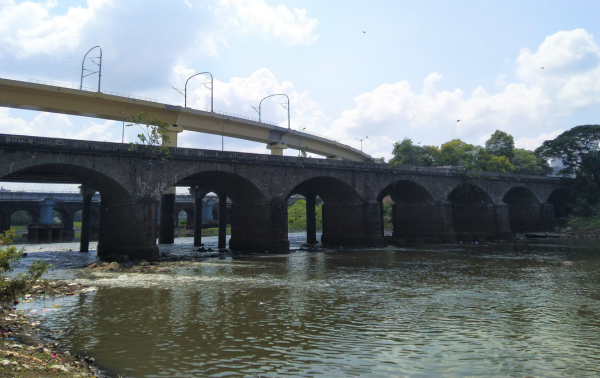The aqueducts of Maharashtra stand as remarkable feats of engineering and historical significance, weaving together the past, present, and future of the state’s water heritage. These structures, born out of necessity and innovation, have played a crucial role in shaping the landscape and livelihoods of Maharashtra.
Let us embark on a journey through time to unravel the story of Maharashtra’s aqueducts, exploring their origins, impact, and the lessons they offer for the future.
Maharashtra’s aqueducts trace their roots to a time when water management was paramount for sustenance and growth. The Peshwa Aqueducts in Pune, dating back to the 18th century, are a prime example of exemplary engineering and city planning. Initiated by Nanasaheb Peshwa, these aqueducts were designed to address the water scarcity issues faced by the city. The construction of stone masonry dams at Katraj and the diversion of the Ambil Odha rivulet marked the beginning of a sophisticated water supply system that revolutionized Pune’s water management. During the Peshwa era, the aqueducts in Maharashtra were not just conduits for water but lifelines for the people, ensuring a regular supply of potable water and mitigating the impact of flooding. These aqueducts were symbols of urban development and civic planning, reflecting the foresight and vision of the Peshwa rulers. The intricate network of aqueducts not only provided water for daily needs but also facilitated agricultural activities, fostering prosperity in the region.

Today, Maharashtra’s aqueducts continue to be integral to the state’s water management infrastructure and cultural heritage. These structures serve as reminders of a bygone era when water conservation and distribution were paramount. The aqueducts are not just historical artifacts but living monuments that connect the past with the present, highlighting the importance of sustainable water practices in contemporary times. Efforts to conserve and protect Maharashtra’s aqueducts are essential to preserving the state’s rich water heritage. Organizations like the Living Waters Museum in Pune are actively engaged in exploring and showcasing the historical significance of these aqueducts. By raising awareness about the cultural and environmental importance of these structures, Maharashtra can ensure their preservation for future generations.
The future of Maharashtra’s aqueducts lies in a holistic approach that combines heritage conservation with sustainable water management practices. By integrating traditional aqueduct systems with modern technologies like rainwater harvesting and groundwater recharge, Maharashtra can ensure the longevity and functionality of these historical structures. Community participation and government support are crucial in safeguarding these aqueducts for posterity. Maharashtra’s aqueducts offer valuable lessons in resource management, urban planning, and cultural heritage preservation. They remind us of the importance of water conservation, innovation, and community resilience. By learning from these structures, we can chart a path towards a more water-secure and sustainable future for Maharashtra, where the legacy of the past guides us towards a resilient tomorrow. Maharashtra’s aqueducts are not just architectural marvels; they are living testaments to the state’s rich history and cultural heritage. As Maharashtra embraces the challenges of the 21st century, these ancient structures stand as beacons of inspiration, urging us to honor our past while building a sustainable future.
By – Sulagna Maitra
Sources:
https://punyachepaani.livingwatersmuseum.org/story/peshwa-aqueducts/
http://www.ksijmr.com/1.1.2.pdf
https://www.livingwatersmuseum.org/punyache-paani-stories-of-punes-waters
https://www.downtoearth.org.in/coverage/24×7-water-in-the-1700s-819
https://thewire.in/article/politics/aurangabad-aqueducts-serve-thirsty-city-even-theyre-destroyed
